Tea and Water
Water plays an essential role in the cultivation, production and drinking of tea. From land to cup, the history of tea leaves is closely linked to this natural resource.
By Laetitia Portois
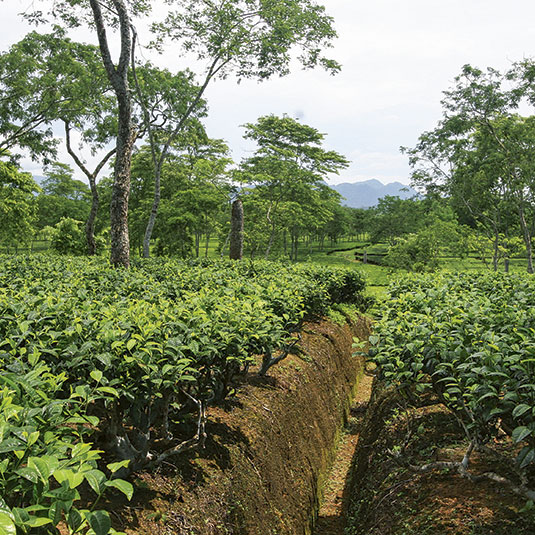
A natural element that must be managed during the growth of the tea bush, then during production to determine the tea type/color, and finally for brewing in the cup or pot, “water is the mother of tea”.1
Cultivation: the perfect balance between moisture and dryness
The link between water and the tea bush is established from the first moments of the plant’s life. The tea bush can cope with a variety of climatic conditions but requires abundant rainfall, at least 1,500 mm of water spread throughout the year. High rainfall results in greater yields and larger leaves. However, these are less concentrated in essential oils. A smaller leaf, which takes its time and grows slowly, is more aromatic. This is why leaves harvested during the monsoon period are somewhat less complex in flavour. The ideal climate for the tea plant to reach its full potential is found in high-altitude regions near the equator with alternating rainy and dry seasons.
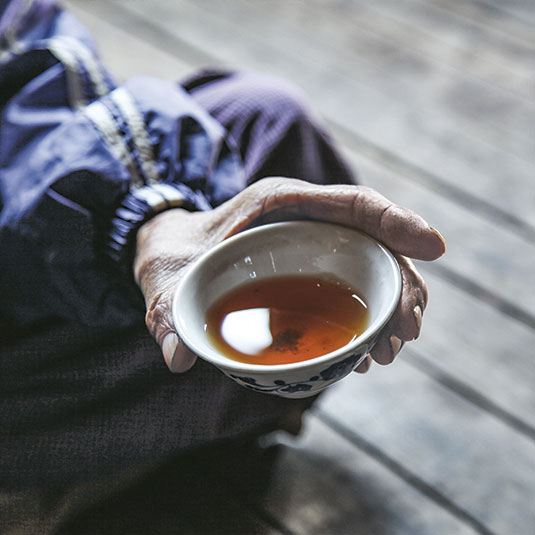
This is because the leaves need light and sun to develop their aromas and give the tea its richness and subtlety. Darjeeling is the perfect place for growing tea. The humidity levels are constant. The plantations are hidden in the clouds, forming enigmatic mountain landscapes. The mist helps the bushes to grow by creating humidity levels of between 70% and 90%. Tea is best grown on sloping ground, because unlike rice, for example, Camellia sinensis cannot tolerate water sitting around its roots. The slope allows the soil to drain naturally. On lowland plantations, growers dig irrigation ditches to avoid flooding. Then the water becomes an ally and can be manipulated almost like a tool to create different colours of tea.
Tea production: black tea
A cup of tea is made up of 99% water. The water must bring out all the tea’s flavours, aromas and complexity without distorting its taste. The choice of water is crucial and is a subject that has been debated for several centuries.
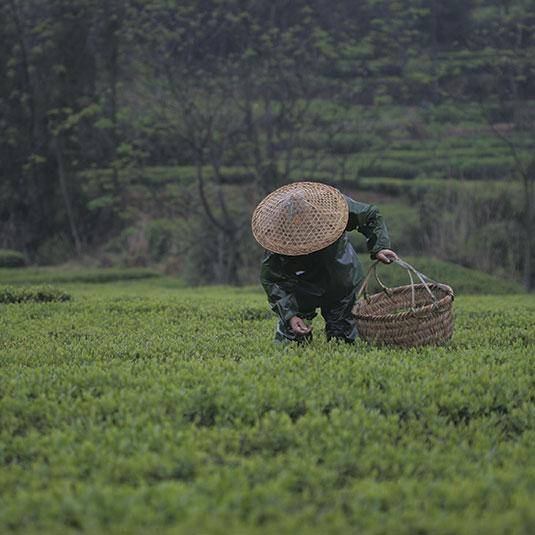
Once the desired degree of oxidation has been achieved, the leaves must be exposed to very high temperatures in order to stop the oxidation process and significantly reduce the moisture in the leaves. This is the drying stage. It requires a great deal of expertise, because if the final moisture content is too high, the leaves can turn moldy, whereas if the leaves are too dry, they will lose their flavors and aromas. A completely dehydrated tea cannot be brewed, because the substances in the leaves will be insoluble. At the end of these steps, the leaves must contain less than 5% water. So tea production involves a constant balancing act between heat and humidity. It is essential to control the water content of the leaves in order to make a quality tea.
Water brings out the taste of tea
A cup of tea is made up of 99% water. The water must bring out all the tea’s flavours, aromas and complexity without distorting its taste. The choice of water is crucial and is a subject that has been debated for several centuries.
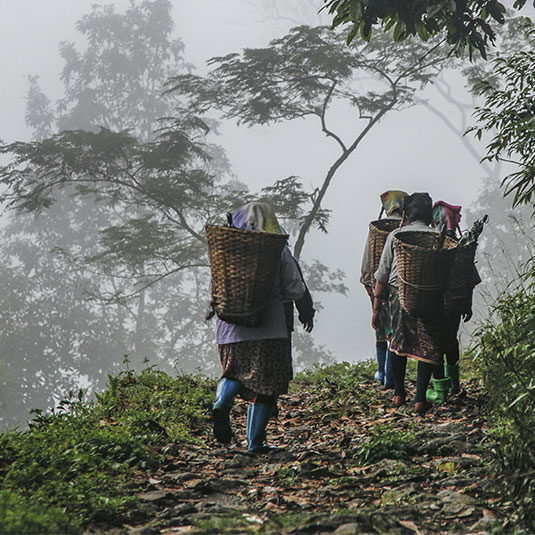
In around the year 780, in his Classic of Tea, Lu Yu, the greatest tea master of the Tang Dynasty, suggested preparing tea with the same water that was used to irrigate the tea bush throughout its life. After Lu Yu, water sources were ranked by excellence as follows: water from a mountain spring that emerges onto stones or rocks free from all vegetation, water from mountain springs in general, lowlands water free from contamination, etc. According to John Blofeld2, a leading sinologist in his day, dew that had gathered in lotus leaves, collected at dawn, also enjoyed an excellent reputation, but was rarely used.
Today, tea enthusiasts have easy access to quality water. Nevertheless, whether it comes from the tap or a natural spring, water contains minerals that can have a major impact on tea. Some water has a pronounced flavour (salty, for example, if there is sodium chloride present). Others have a particular smell (chlorine residues, common in treated waters, can give off a smell of bleach).
The source of legends
There are many legends surrounding the close relationship between water and tea. One recounts that Long Jing is never better than when brewed in the clear water of the Spring of the Leaping Tigers.

When tea researchers François-Xavier Delmas and Léo Perrin set off in search of exceptional teas, they taste the teas in the presence of the producers in the countries of origin, and again once they return to France, before they buy a batch. This is because the differences in water from one country to another can have a considerable impact on the taste of tea. A tea that might have seemed exceptional on the plantation can be disappointing once brewed with city water.
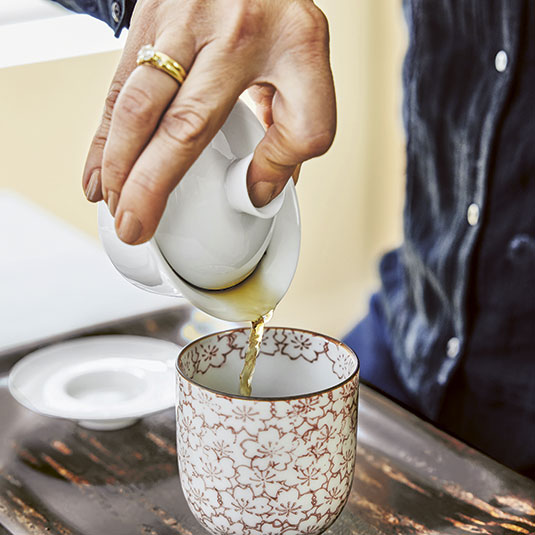
The criteria for quality water
To choose the best brewing water, there are various factors to consider.
-
pH: this determines the acidic or alkaline character of a solution. pH is neutral at a value of 7. It is best to brew tea with a neutral or very slightly acidic pH. This brings out particular notes in certain teas (floral aromas in a first-flush Darjeeling, for example).
-
Minerals: these elements can react with compounds in teas, especially tannins, and spoil them.
-
Water temperature: the temperature to which water is heated is also important. Brewing at the ideal temperature for the type of tea allows you to control the balance between tannins, amino acids and aromatic compounds. The water must never boil: this removes all the oxygen from it. Oxygen helps aromatic compounds to become gaseous, which makes the aromas more perceptible. Water that is too hot also destroys the most volatile amino acids and compounds.
What type of water should you use to brew your tea?
At Palais des Thés, we think that a good tea deserves good water. In some regions, tap water may be suitable, but it is important to check that it is not too hard or too chlorinated. You can use water from a filter jug or water that has been treated with activated carbon to remove elements that might affect the taste of tea. You can also use spring water that is low in minerals.
1. The Classic of Tea, Lu Yu.
2. A British writer (1913-1983) and authority on Asian religions and philosophies, known for his writings on Taoism and Chinese Buddhism.